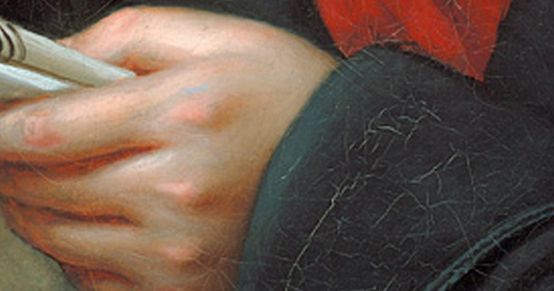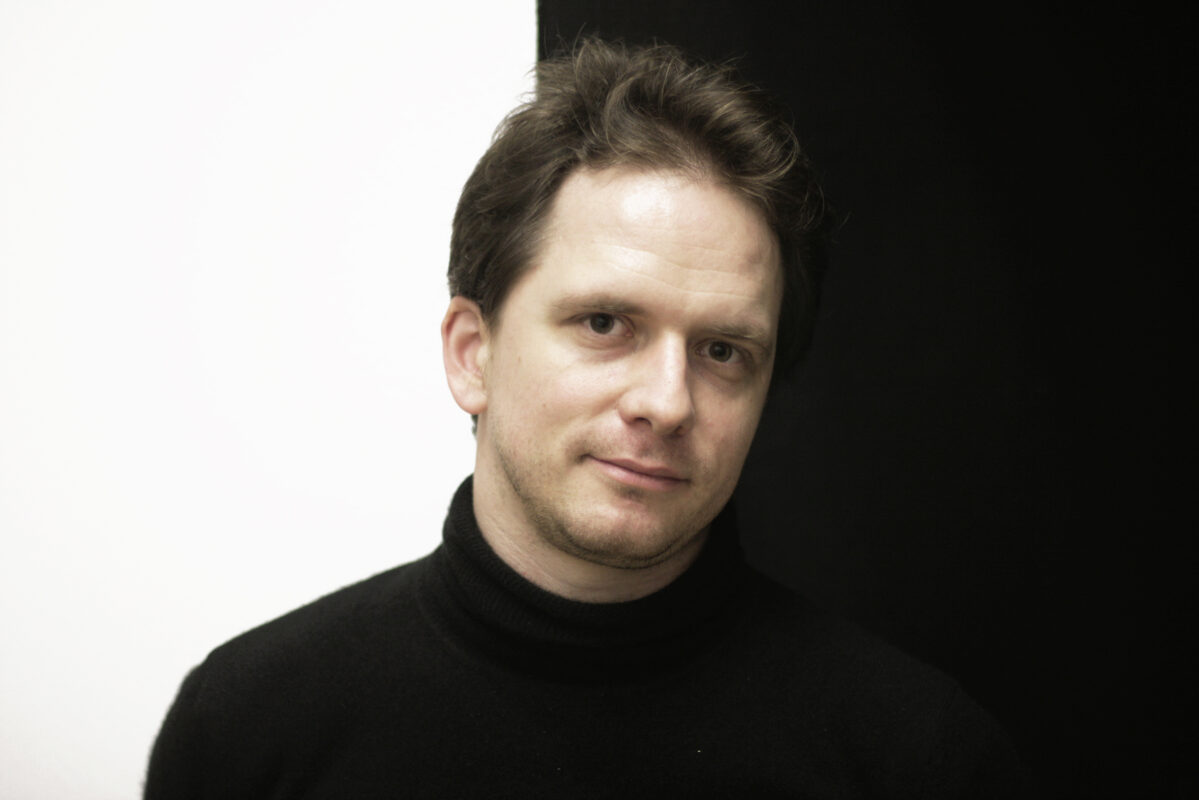Piano Sonata No. 30
Every Friday, Beethoven is here. To mark the 250th anniversary of Beethoven's birth, each week the Swiss Music Review takes a look at a different work from his catalog. Today, it's the piano sonata in E major, Op.109.

There are those who are always on time. They deliver their complete, meticulous work on time, if not before, and give the impression of having a perfectly regulated life. And then there are those who simply always need a little more time. They're easily given the pejorative term of procrastinators, but this is also a particular form of creativity, not because they relish the charm of the "last moment", but because they need the pressure to get the best results. Entire opera overtures have been created just in time in a single night. But until the final moment when everything finally comes together, you have to revise the schedule several times, ask for a little patience and apologize. Beethoven wasn't a very punctual composer either. Having already kept his Berlin publisher waiting for his Scottish Songs op. 108, he delayed the completion of his Sonatas op. 109, 110 and 111, which form a group. On May 31, 1820, he announced the three scores for July - but nothing much happened. And even if his friend Franz Oliva gently reminded him of the task in August ("we must think of the sonatas to send to Berlin"), it didn't help him much. In the end, Beethoven was forced to send his publisher written explanations of the progress of his work - with turns of phrase that have not changed much over the centuries in this kind of situation: "With these three sonatas, it will go faster [than with Op. 108]; - the first is practically ready for corrections, and I am working without further delay on the other two."
But the wait was worth it. Schlesinger finally received the material ready for printing only at the beginning of 1821, but these works, among the last sonatas Beethoven would compose, renew the style. The Sonata in E major, Op. 109, is distinguished by its first movement, which is not only brief, but departs from the usual structure with its highly imaginative adagio passages, by its energetic scherzo in the minor mode and in perpetual development, and by a movement of variations with several more or less clear references, and which soon reveals itself to be the finale. It forms the heart of the work, especially through its movement indication: Gesangvoll mit inniger Empfindung (singing, with a feeling of intimacy).
Aufnahme auf idagio
Keeping in touch
A weekly newsletter reveals the latest column on line. You can subscribe by entering your e-mail address below, or by subscribing to our RSS feed.








